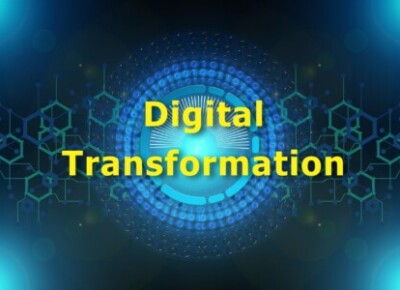The idea of innovation in business or IT is generally an aspiration to most. Leaders and managers occasionally mention the need to innovate, but when they stop to consider what that means, many of them abandon it as an impossible dream. They wait for some strange spark, some odd occurrence to somehow spark the flame of new beginnings.
Execution of the Innovation Process
Inspiration for innovation or creativity can come from anywhere. Frequently, the innovation problem isn’t a lack of good ideas, or even innovative solutions– too often, it is a lack of execution. Even though I have laid out a proposed business model for an innovation process in the post From Collaboration to Innovation to Market – Toward a Working Model, the champions, or the owners for the process, are too often missing from the major stages of execution. An owner or champion must be at each stage. They might be the same person, or a different person, but each stage needs someone to champion the new innovation to maturity and then to completion. Otherwise, it will die in the process.
The three stages I have defined are conceive, develop, and market. For example, the conceive stage might have a marketing or salesperson own that process to its development handoff. That does not mean that engineering or some other key person from the development area should not be active in the early conception stages, only that the stakeholder(s) with the most influence at that stage should own that portion of the process. At the development stage, key product or service leaders may then move the idea from infancy and concept to tangible product or service offering. Finally, the market stage must have a champion from sales or marketing (or both) to ensure that it is properly positioned and prepared for market trials and the launch.
Without that critical leader at each stage of the process, you will not likely experience successful innovations in products or services. Your innovation engine will quickly run out of gas and go nowhere. If you pursue any kind of innovation initiative without these key champions, any innovation that survives will likely be minor tweaks or changes, continuous improvement rather than real innovation. Those small incremental changes are the only things that might survive the process without strong leaders moving them forward.
Business Product, Service, and IT Innovation Series
A structured approach to innovation and creating new products or services is possible, but it takes a deliberate, concerted, and focused effort. I have laid out various posts on this site that explore how to create a business-centered innovation process:
From Collaboration to Innovation to Market – Toward a Working Model
A process-oriented approach toward a process model for moving from collaboration to innovation to market. A first pass at integrating collaboration with a structured creative process and moving from idea (conceive) to design (develop) to market (sell).
=========================
Business Strategy and IT Strategy to Reproduce Apple Innovation
An overview of Apple innovation and the focus on Jobs as the head of Apple. The Apple innovation secret is to relentlessly pursue the customer experience where you notice customer frustration. Customer frustration or dissatisfaction is opportunity for gaining market share for the company that is able to address it.
=========================
Striving for a Customer Focused Approach to Innovation 1 of 3
Categorizing and defining the three primary types of corporate innovation. I have dubbed these as stoic (minimalist or continuous improvement); the stretch (striving for a known future state); and the maelstrom (directionless chaotic storm of ideas).
=========================
Striving for a Customer Focused Approach to Innovation 2 of 3
Explaining the use of an innovation narrative in the stretch type of innovation. This method produces a future state narrative that provides a customer- and market-focused direction to aspire to for new products or services. That narrative acts as a future state blueprint for product or service development.
=========================
Striving for a Customer Focused Approach to Innovation 3 of 3
Practical ideas and application of some methods of moving toward an innovation culture. This article explores some specific examples around how SAP has successfully integrated their customers, vendors, and internal organization into an extended development dialog. The article also includes an overview of how this all ties into the collaboration model I started in a post entitled “From Collaboration to Innovation to Market – Toward a Working Model.”
Good luck on your innovation journey!





